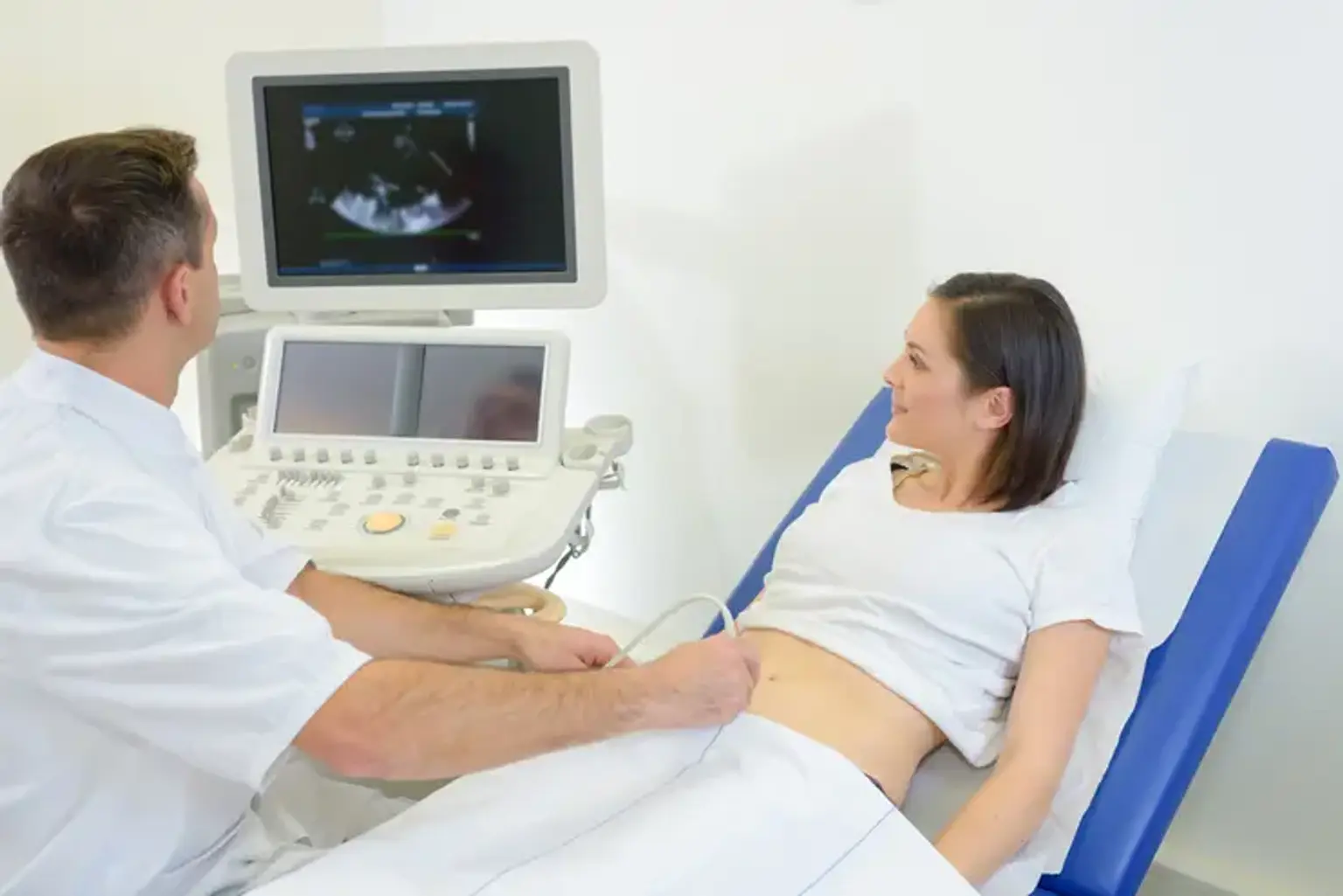Saline Sonogram (SIS)
Overview
Hysterosonography, also known as sonohysterography, uses sound waves to create images of the inside of a woman's uterus, which can assist detect a variety of issues such as unexplained vaginal bleeding, infertility, and recurring miscarriages. Hysterosonography is conducted in the same manner as a gynecologic exam. Your doctor will introduce a speculum into your vagina and a catheter into the uterine cavity. Your doctor will use a tiny tube placed into the vagina to inject a small quantity of sterile saline into the uterine cavity and an ultrasound transducer to investigate the uterine lining. Ultrasound does not use ionizing radiation, has no known side effects, and offers a good view of soft tissues that x-rays do not.
To reduce the risk of infection, hysterosonography should be performed one week after menstruation. This process requires little to no prior preparation. Inform your doctor if you suspect you are pregnant. Wear loose, comfy clothes and leave your jewels at home. You could be required to wear a gown.
